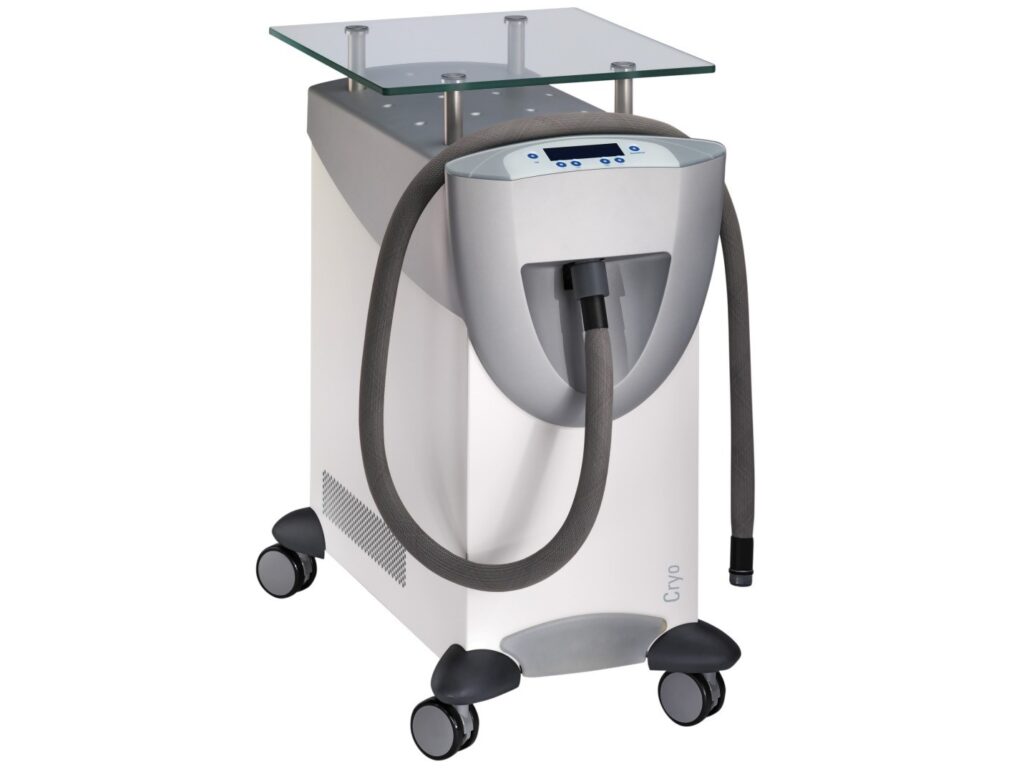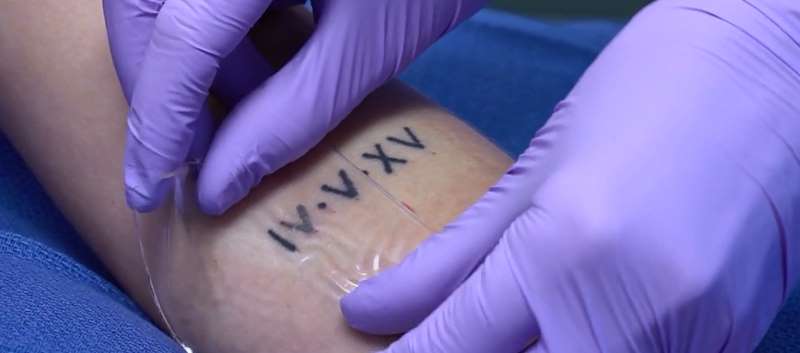Tattoo are just another part of what make all of us unique, however, as life evolves, so do personal preferences. Thankfully, advancements in tattoo removal technology have made it possible to erase tattoos safely and effectively. But what exactly makes this process work? Let’s take a deep dive into the fascinating science and cutting-edge technology behind laser tattoo removal, blending professional insights with personal reflections.
Why Understanding Tattoo Removal Technology Matters
For anyone considering laser tattoo removal, understanding the technology offers reassurance and clarity. Personally, as someone who has undergone laser tattoo removal myself, knowing how the process works eased my concerns and made me appreciate the science behind it. The lasers used in tattoo removal are not just powerful tools—they’re marvels of precision designed to target and break down tattoo ink without harming the surrounding skin.
Whether you’re a curious tattoo enthusiast or someone researching removal options, this knowledge empowers you to make an informed decision about the procedure.
The Laser: A Precision Tool
At the heart of tattoo removal technology is the laser, an acronym for “Light Amplification by Stimulated Emission of Radiation.” Lasers work by emitting high-intensity light at specific wavelengths. For tattoo removal, these wavelengths are carefully chosen to target the ink while leaving the surrounding skin unharmed.
Q-Switched Lasers (what we use at Black Sage)
The game-changer in tattoo removal has been the advent of Q-switched lasers. These lasers deliver extremely short, high-energy pulses—measured in nanoseconds—that shatter the ink particles without generating excessive heat. The Q-switched lasers offer 3 wavelengths, they are:
- 1064: Ideal for darker inks like black and dark blues, this laser operates at 1064 nm, which penetrates deep into the skin.
- 532: ideal for lighter colors such as reds, yellows and oranges. This laser operates at 532 nb and only penetrates the top layers of the dermis.
- 694: Operating at 694 nm, this laser is more effective for mid and lighter inks, such as green and blue, and purple. This laser works best on lighter skin tones.
The Science Behind Laser Tattoo Removal
Laser tattoo removal technology leverages light energy to target and break down the pigment particles in the ink. Here’s how it works step by step:
- Laser Selection: Different lasers are used for different colors of ink. The most common lasers in tattoo removal include the Q-switched Ndlaser and the newer picosecond lasers. Each laser emits light at specific wavelengths designed to be absorbed by certain ink pigments.
- Ink Targeting: The laser emits pulses of high-intensity light that pass through the skin and are absorbed by the tattoo pigment. The light energy causes the pigment particles to heat up and break into smaller fragments.
- Body’s Role: Once the ink particles are fragmented, the body’s immune system takes over. Specialized cells called macrophages engulf the smaller particles and gradually transport them away via the lymphatic system.
- Repetition is Key: Because tattoos are made of multiple layers of ink, and some pigments are more stubborn than others, multiple laser sessions are required. Each session targets the remaining pigment, lightening the tattoo over time.
Cooling Systems: Enhancing Comfort

One of the most impressive aspects of modern tattoo removal technology is the integration of cooling systems. These systems reduce discomfort by cooling the skin before, during, and after laser treatment. From built-in cryogen sprays to external devices like chillers that emit cold air, these innovations ensure the procedure is as painless as possible. Personally, the cooling system used during my own tattoo removal sessions transformed the experience, making it much more tolerable.
Safety First: Advancements in Precision
One of the biggest concerns people have about laser tattoo removal is safety, especially with older technologies that sometimes caused scarring or skin damage. Today’s lasers are equipped with precision controls that minimize risks:
- Selective Photothermolysis: This principle allows the laser to target only the ink pigments, leaving the surrounding skin unharmed.
- Pulse Duration and Spot Size: Adjustable pulse durations and spot sizes enable practitioners to tailor the treatment to the tattoo’s size, depth, and location, ensuring optimal results with minimal side effects.
The Role of Aftercare in Tattoo Removal
While the laser does the heavy lifting, proper aftercare is a crucial component of successful tattoo removal. The best technology in the world won’t deliver results without careful post-treatment care, which includes:
- Keeping the treated area clean and moisturized.
- Avoiding sun exposure to prevent pigmentation issues.
- Following all instructions provided by your practitioner.
In my experience, sticking to a diligent aftercare routine made a noticeable difference in how quickly my skin healed and how effectively the ink faded.

The Future of Tattoo Removal Technology
The field of tattoo removal continues to evolve, with researchers exploring new methods to make the process faster, more effective, and even less painful. Some exciting developments include:
- Nanosecond Advances: Next-generation lasers are being developed to further enhance precision and reduce the number of sessions required.
- Topical Treatments: Researchers are experimenting with creams that could complement or even replace laser treatments by breaking down ink particles directly in the skin.
These innovations promise to make tattoo removal more accessible and efficient, offering hope to anyone who wants to part ways with an unwanted tattoo.
Conclusion: The Power of Science and Innovation
Tattoo removal technology has transformed what was once a daunting and painful process into a safe, precise, and effective procedure. From the science of lasers to the artistry of matching wavelengths with ink colors, every aspect of this technology is designed with care and innovation.
Whether you’re considering tattoo removal for personal or professional reasons, understanding the technology behind it can give you confidence and clarity. Each laser pulse is more than a flash of light—it’s a step toward reclaiming your canvas and embracing the future with open arms.
